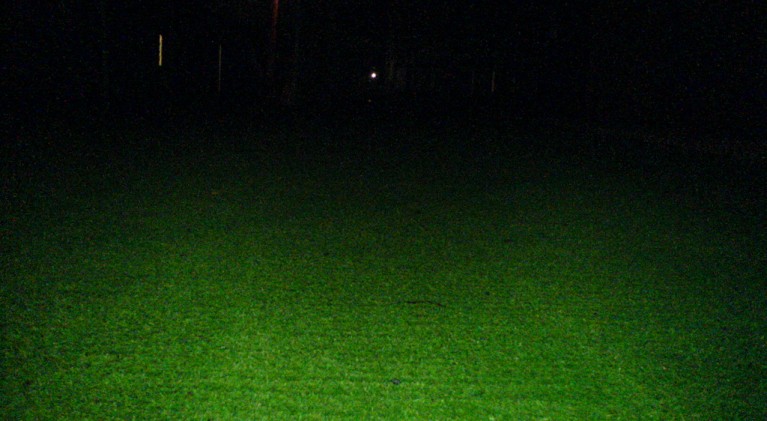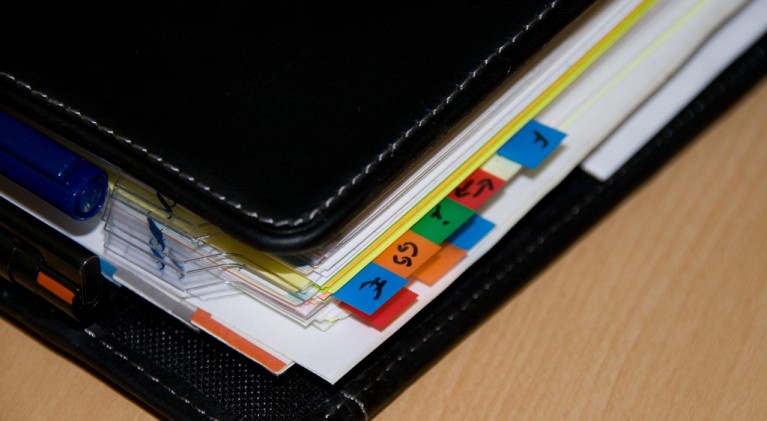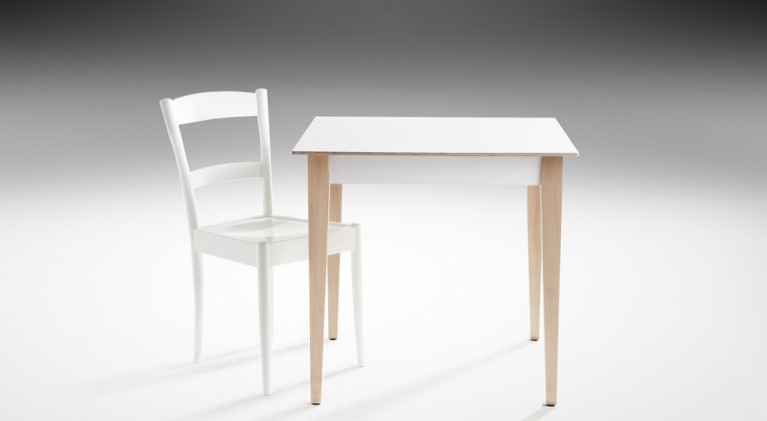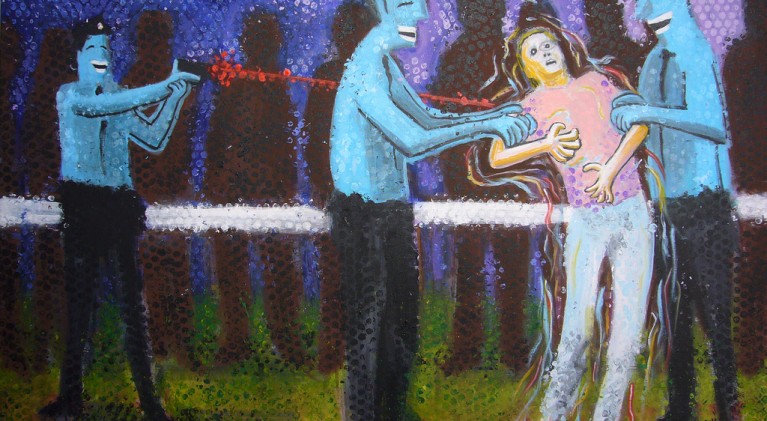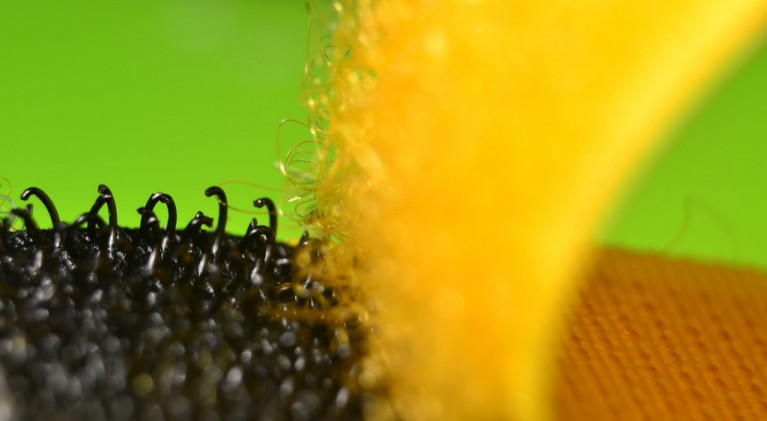31 Brands That Are Now Used Generically

There are many products that we use without realising that they were either brand names once or still are. I remember that most Indian housewives used Dalda as a surrogate for all hydrogenated vegetable oils. I am sure that many of you would be amazed if I were to tell you that Zipper and Escalator were brand names. As was Heroin! In 1895, the Bayer marketed diacetylmorphine as an over-the-counter drug under the trademark name Heroin!
Trademarks have become generic or are used generically for the following reasons, as described in Wikipedia:
- There are marks which were originally legally protected trademarks, but which have subsequently lost legal protection as trademarks by becoming the common name of the relevant product or service, as used both by the consuming public and commercial competitors. These marks were determined in court to have become generic. Some marks retain trademark protection in certain countries despite being declared generic in others.
- There are marks which were originally legally protected trademarks, but which have subsequently lost legal protection as trademarks due to abandonment, non-renewal or improper issuance (the generic term pre-dated the registration). Some marks retain trademark protection in certain countries despite being generic in others.
- And, finally, there are marks that are still legally protected as trademarks, at least in some jurisdictions, but are sometimes used by consumers in a generic sense. These names are still widely known by the public as brand names, and are not used by competitors.
Here are 31 examples.
Aspirin. Aspirin is still a Bayer trademark name for acetylsalicylic acid in about 80 countries, including Canada and many countries in Europe. However, it is used generically in the U.S. and many parts of the world.
Visual courtesy: https://www.flickr.com/photos/jeepersmedia/
Cellophane. All thin, transparent sheets made of regenerated cellulose are cellophane for us. However, it is still a registered trademark of Innovia Films Ltd. in Europe and many other jurisdictions.
Visual courtesy: https://www.flickr.com/photos/sis/
Escalator. For us, all moving staircases are escalators. However, Escalator was originally a trademark of the Otis Elevator Company although it is now a generic term.
Visual courtesy: https://www.flickr.com/photos/58881263@N02/
Laundromat. A Laundromat is a self-service laundry, coin laundry or coin wash where clothes are washed and dried. They are known in the United Kingdom as launderettes or laundrettes but in the United States, Canada, Australia and New Zealand they are called laundromats from the genericized trademark of the Westinghouse Electric Corporation.
Visual courtesy: https://www.flickr.com/photos/tjdewey/
Linoleum. Linoleum is a floor covering made from materials such as solidified linseed oil, pine rosin, ground cork dust, wood flour and mineral fillers such as calcium carbonate, most commonly on a burlap or canvas backing. It was originally coined by Frederick Walton in 1864, and ruled as generic following a lawsuit for trademark infringement in 1878.
Visual courtesy: https://www.flickr.com/photos/curtisperry/
Sellotape. Sellotape is a British brand of transparent, cellulose-based, pressure-sensitive adhesive tape, and is the leading brand in the United Kingdom. The term has become a genericized trademark in many parts of the world.
Visual courtesy: https://www.flickr.com/photos/christopherhester/
Thermos. Many of us still use Thermos in lieu of a vacuum flask. Thermos was originally a trademark of Thermos GmbH but was declared generic in the U.S. in 1963.
Visual courtesy: https://www.flickr.com/photos/arild_storaas/
Yo-Yo. We have all done our own bit of yo-yoing in our childhood. Yo-Yo is still a Papa’s Toy Co. Ltd. trademark name for a spinning toy in Canada, but it was determined that the trademark was improperly issued.
Visual courtesy: https://www.flickr.com/photos/nanyleon/
Zipper. The name Zipper for a ‘clasp locker’ came from the B. F. Goodrich Company in 1923. The company opted to use a fastener made by Gideon Sundback on a new type of rubber boots and referred to it as the zipper, and the name stuck.
Visual courtesy: https://www.flickr.com/photos/jdbaskin/
AstroTurf. AstroTurf is a brand of artificial turf. Textile Management Associates, Inc., a manufacturing group based in Dalton, Georgia, has owned the AstroTurf brand, including all assets and intellectual property, since 2004.
Visual courtesy: https://www.flickr.com/photos/zak/
Band-Aid. While we use Band-Aid for all adhesive bandages, this is one brand that most of us know is owned by Johnson & Johnson.
Visual courtesy: https://www.flickr.com/photos/damclean/
Bubble Wrap. We all use cushioned plastic material for packing fragile items. All such packaging material is Bubble Wrap to us; actually, the trademark is owned by the Sealed Air Corporation.
Visual courtesy: https://www.flickr.com/photos/rrrodrigo/
ChapStick. Got chapped lips? Buy a ChapStick! Actually, ChapStick is a registered trademark of Pfizer.
Visual courtesy: https://www.flickr.com/photos/colorblindpicaso/
Dictaphone. Dictaphone was an American company founded by Alexander Graham Bell that produced dictation machines. It is now a division of Nuance Communications. Although the name “Dictaphone” is a trademark, it has become genericized to refer to any dictation machine.
Visual courtesy: https://www.flickr.com/photos/bg_dn/
Fiberglas. Fiberglass (or fibreglass) is a type of fiber reinforced plastic where the reinforcement fiber is specifically glass fiber. The glass fiber may be randomly arranged but is commonly woven into a mat. The name Fiberglas is a trademark of Owens Corning.
Visual courtesy: https://www.flickr.com/photos/wbaiv/
Filofax. Not all personal organisers are Filofaxes! Filofax is actually a UK-based company that produces a wide range of personal organiser wallets.
Visual courtesy: https://www.flickr.com/photos/mpenke/
Formica. Wood or plastic laminates are now manufactured by many. However, Formica is manufactured by the Formica Group which is a division of the New Zealand-based Fletcher Building.
Visual courtesy: https://www.flickr.com/photos/haldanemartin/
Frisbee. The flying discs that have given all of us immense pleasure became popular in the US as Pluto Platter, a brand of flying discs. In 1957, Wham-O decided to stimulate sales by giving the discs the additional brand name Frisbee after learning that Northeastern college students were calling the Pluto Platter by that name.
Visual courtesy: https://www.flickr.com/photos/albinoflea/
Hula Hoop. Hula Hoop is a brand of toy hoop that is owned by Wham-O, the California-based toy company.
Visual courtesy: https://www.flickr.com/photos/perspective/
Jacuzzi. For us, all whirlpool baths are Jacuzzis. In fact, Jacuzzi is an Italian company that produces whirlpool bathtubs and hot tub spas. It was bought over by Apollo Management in 2006.
Visual courtesy: https://www.flickr.com/photos/neverendingvoyage/
Jeep. In my childhood, all utility and off-road vehicles were jeeps. Jeep is a brand of American automobiles that is a division of FCA US LLC (formerly Chrysler Group, LLC), a wholly owned subsidiary of Fiat Chrysler Automobiles. The former Chrysler Corporation acquired the Jeep brand, along with the remaining assets of its owner American Motors, in 1987.
Visual courtesy: https://www.flickr.com/photos/pelosi/
Memory Stick. Memory Stick is a removable flash memory card format, launched by Sony in October 1998. Many of us use the brand name for any flash memory.
Visual courtesy: https://www.flickr.com/photos/pjen/
Photoshop. Photoshop is a photo editor/manipulator that is an Adobe trademark. Today we all use it as a verb to generically describe digital manipulation or compositing of photographs.
Visual courtesy: https://www.flickr.com/photos/captainkimo/
Ping Pong. Ping Pong is the trademarked name for table tennis. The name “Ping-Pong” was in wide use at the time that people started playing it and British manufacturer J. Jaques & Son Ltd. trademarked it in 1901. The name “Ping-Pong” then came to be used for the game played by the rather expensive Jaques’s equipment, with other manufacturers calling it table tennis. A similar situation arose in the United States, where Jaques sold the rights to the “Ping-Pong” name to Parker Brothers. Parker Brothers then enforced their trademark for the term in the 1920s making the various associations change their names to “table tennis.”
Visual courtesy: https://www.flickr.com/photos/tuulelohe/
Plasticine. Plasticine is a brand of modelling clay. It is a registered trademark of Flair Leisure Products plc.
Visual courtesy: https://www.flickr.com/photos/dumbledad/
Popsicle. Popsicle is a brand of ice pop. Given its popularity, Popsicle became a generic term for all ice pops in many parts of the world. Today, the Popsicle trademark is held by Unilever.
Visual courtesy: https://www.flickr.com/photos/auntikhaki/
Taser. Taser is an electroshock weapon sold by Taser International. Taser is a registered trade name, prompting a back formed verb “to tase” which means “to use a Taser on”, although “to taser” is also commonly used.
Visual courtesy: https://www.flickr.com/photos/heartindustry/
Teflon. Teflon is a brand of polytetrafluoroethylene (PTFE) that is owned by DuPont Co., which discovered the compound.
PTFE is a fluorocarbon solid, as it is a high-molecular-weight compound consisting wholly of carbon and fluorine. PTFE is hydrophobic: neither water nor water-containing substances wet PTFE, as fluorocarbons demonstrate mitigated London dispersion forces due to the high electronegativity of fluorine. PTFE has one of the lowest coefficients of friction against any solid.
PTFE is used as a non-stick coating for pans and other cookware. It is very non-reactive, partly because of the strength of carbon–fluorine bonds and so it is often used in containers and pipework for reactive and corrosive chemicals. Where used as a lubricant, PTFE reduces friction, wear and energy consumption of machinery. It is also commonly used as a graft material in surgical interventions.
Visual courtesy: https://www.flickr.com/photos/funfilledgeorgie/
Vaseline. Vaseline is a brand of petroleum jelly owned by Unilever and is used generically in many parts of the world.
Visual courtesy: https://www.flickr.com/photos/hel2005/
Velcro. Velcro is a brand of fabric hooks and loop fastener, invented in 1948 by the Swiss electrical engineer George de Mestral. De Mestral patented Velcro in 1955.
De Mestral gave the name Velcro, a portmanteau of the French words velours (“velvet”), and crochet (“hook”), to his company, which continues to manufacture and market the fastening system.
Visual courtesy: https://www.flickr.com/photos/macsantos/
Xerox. The word “xerox” is used as a synonym for “photocopy” (both as a noun and a verb) in many areas. Xerox is against the use of its trademark, and is particularly concerned about the ongoing use of Xerox as a verb as this places the trademark in danger of being declared a generic word by the courts. The company is engaged in an ongoing advertising and media campaign to convince the public that Xerox should not be used as a verb. Despite all efforts by Xerox, even many dictionaries continue to include the use of “xerox” as a verb, including the Oxford English Dictionary.
Visual courtesy: https://www.flickr.com/photos/swanksalot/
Source: Wikipedia.
Top visual courtesy: https://www.flickr.com/photos/jkristofer/










